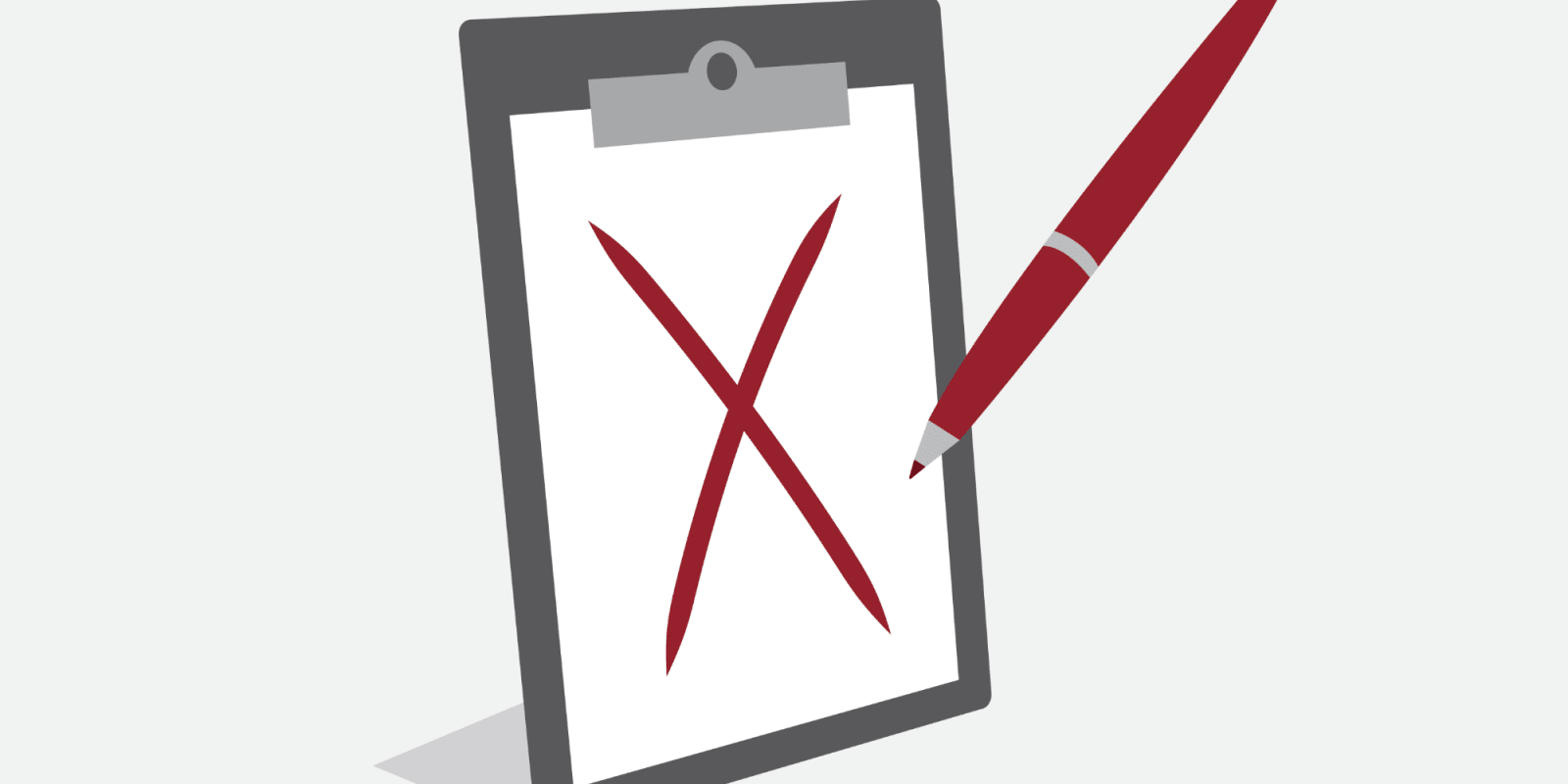
Rabia Jalal, MBBS, CCS, CCDS, CDIP, RHIA is a foreign-educated physician and CDIS/senior clinical analyst at Optum360. Doximity had the pleasure of chatting with Dr. Jalal about medicine, Jalal’s foray into a new field, and the value of clinical documentation improvement for practicing physicians. Dr. Jalal currently works at Marian Regional Medical Center in Santa Maria, California.
Doximity: Hello, Dr. Jalal. Can you tell us a little bit about yourself?
Dr. Rabia Jalal: I am a foreign medical graduate who, in addition to some clinical practice, began a career first in managed care as a utilization management coordinator, and then worked as a clinical researcher after finishing medical school, and then pursued a public health degree. A few years ago, life took some unexpected turns and I found myself in a rather new field in health care known as clinical documentation improvement (CDI).
Dox: What does a clinical documentation improvement specialist do?
RJ: [Imagine] you have a patient who comes in hypoxic, wheezing, possible pneumonia, he is desaturating, and requires oxygen — or in some cases, even BiPAP, or worse yet, ventilation. You mention in your notes that he has “respiratory distress.” This is where a clinical documentation improvement specialist like myself (you need to be either an RN or have a medical degree for this role in any respectable CDI program), will review the charts and ask a physician if this really is just distress — or is it possible the patient is developing a more serious condition, such as acute or acute on chronic respiratory failure?
The point is not to challenge physicians’ clinical acumen or judgement, but rather to prompt them to think outside the clinical box and encourage them be a little more specific with what they are really diagnosing and treating.
Dox: How does CDI add value for physicians, generally?
RJ: As a physician, you may ask: “Why do I need to waste my time documenting when I have to see so many more patients and the patient was given the proper care whether it was distress or failure?” The answer to that question is … If the patient’s medical condition is not accurately documented in all charts, a provider risks medical necessity denials and lower reimbursements, and finally, lower quality scores. It is your documentation that leads to the correct [coding] assignments and ultimately allows the coders to accurately code the charts before they are sent off to billing, and eventually, the insurers.
Dox: Have you had a specific experience that illustrated to you the importance of CDI in clinical practice?
RJ: I once reviewed a patient’s chart when I first started my new-found career in CDI. The history and physical stated that the patient was a 60-something-year-old female. … Her gynecological history clearly stated she was menopausal. So, imagine the horror on my face when I read a subsequent progress note by the same physician stating the woman was eight weeks pregnant … Is this a medical miracle, or a medical error in documentation?
Eventually I contacted the physician who wrote the two notes and, as it turns out, this was not a medical miracle but a documentation error — and a serious one at that. The physician admitted that in his haste to complete charts, he had two different patient charts open at the same time and had probably copied the wrong chart into the progress note. [We were able to fix the error before the] chart was coded and billed. (I will save the possible legal implications, physician documentation errors due to EHRs, and the pressure to see too many patients in too short a time all for another discussion.)
This interview was conducted by Wynter K. Miller, Op-Med Editor.







